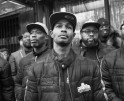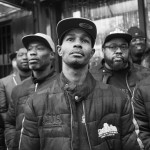Brazil Week: Lenora de Barros
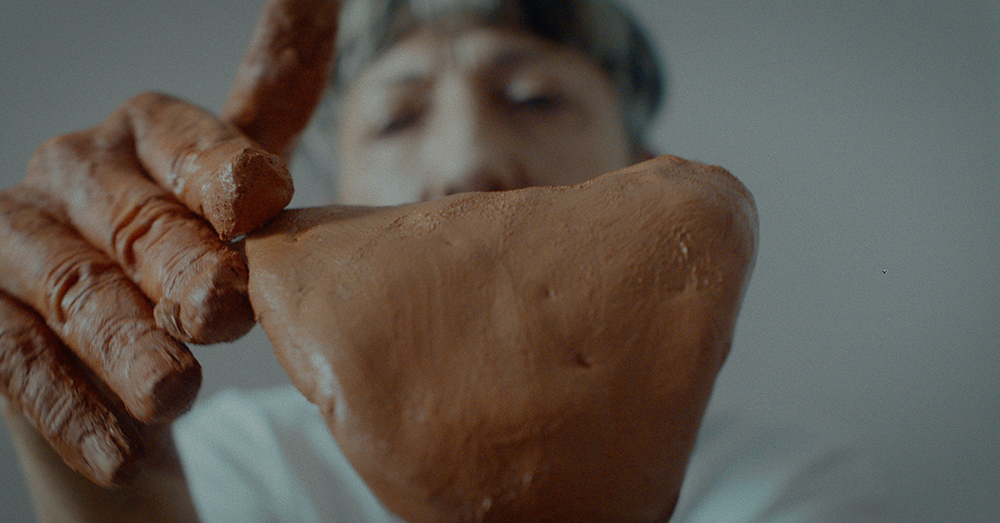
©Lenora de Barros, A cara. A língua. O ventre. [The Face. The Tongue. The Belly.], 2022 vídeo, p&b e cor, som estéreo [video, b&w and color, stereo sound], 7,5″, 4k Vídeo comissionado pela Pinacoteca do Estado de São Paulo [Commissioned video by Pinacoteca do Estado de São Paulo] Direção, roteiro e produção [Written, produced and directed by]: Lenora de Barros Produção executiva e montagem [Executive production and edition]: Marcia Beatriz Granero Assistência e consultoria [Assistance and consulting]: Yuri Amaral Direção de fotografia [Director of photography]: Fabio Bardella Som [Sound]: Cid Campos Agradecimentos [Acknowledgements]: Noemi Jaffe, Paula Junchen
This week we will turn our attention to Brazilian Photography. We’ll begin with the touching and necessary work of Claudia Andujar on the essence and transformation of the Yanomami indigenous people, we’ll delve into the rituals full of meanings of Rodrigo Braga, we’ll get to know the creative narratives of Lenora de Barros through the records of incredible video performances, we’ll be delighted with the sublime poetic fictions of Alexandre Sequeira and finally we will get to know the creative work of the acclaimed Rosangela Rennó, the photographer who does not photograph. – Ana Leal
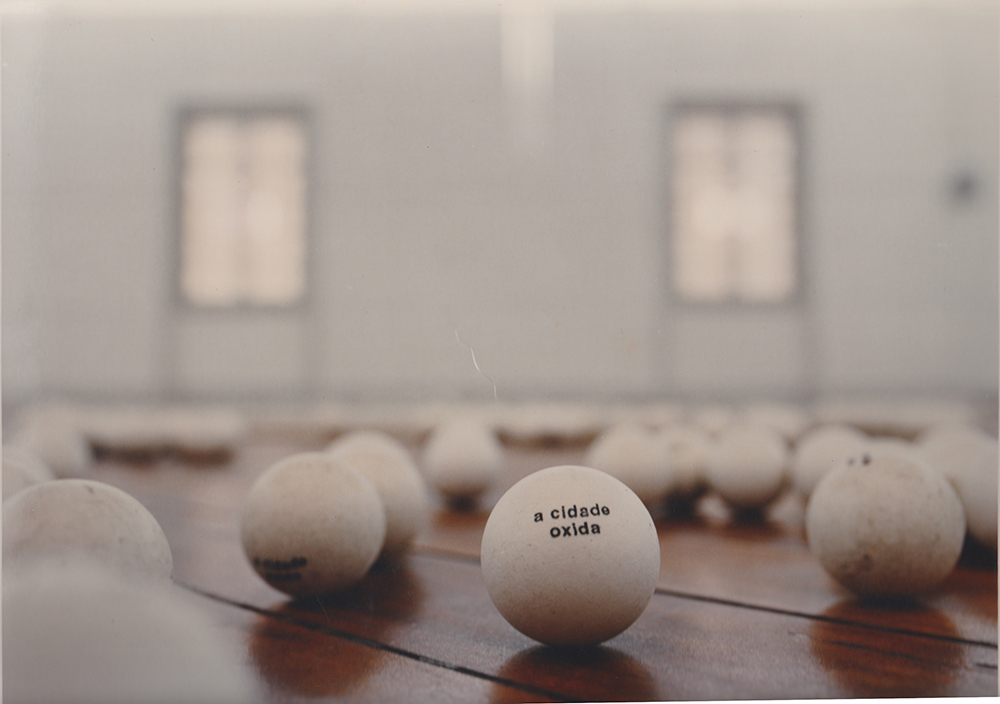
© Lenora de Barros, Ácida Cidade / Acid City 1994 Arte Cidade – A cidade e seus fluxos, São Paulo-SP Sound installation Sound Cid Campos Photography Fernando Laszlo
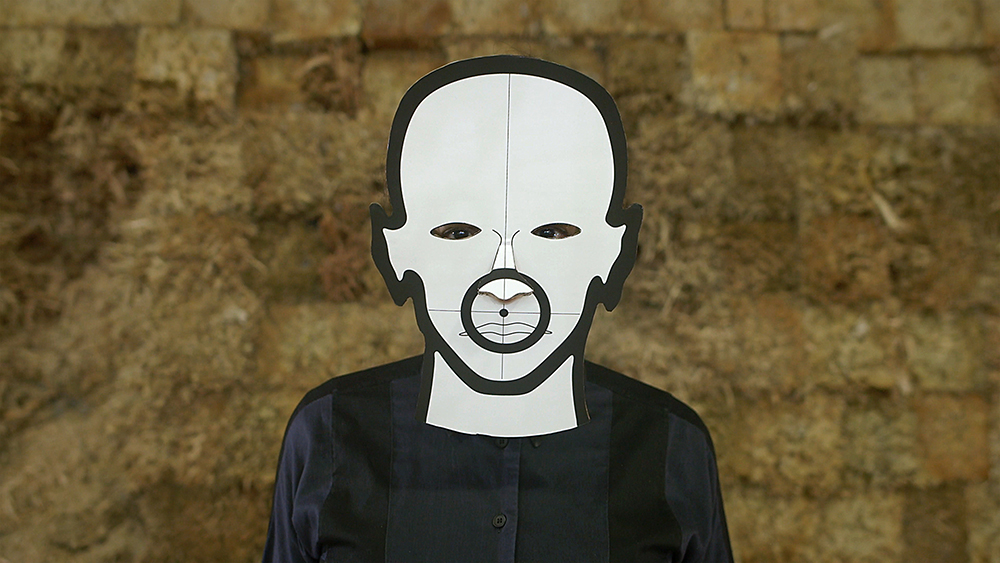
© Lenora de Barros, Alvos, 2017 6’20” video / color / stereo Produção e edição / Producer and editor Marcia Beatriz Granero Assistente de produção / Producer assistant Luiza Calmon Finalização / Post production Yuri Amaral Fotografia / Photography Fabio Bardella Desenho e mixagem de som / sound design and mixing Gustavo Vasconcelos
Lenora de Barros
São Paulo, SP, 1953
Visual artist and poet, Lenora de Barros began her career in the 1970s. Graduated in Linguistics from USP – University of São Paulo, her first works can be placed in the field of “visual poetry”, associated with the concrete poetry of the 1950s. In 1983, she published the book Onde Se Vê, a set of somewhat unusual poems. Some of them dispensed with the use of words, being constructed as photographic sequences of performative acts. In the same year, she participated with videotext visual poems at the 17th São Paulo International Biennial. Since then, Lenora has built a poetics marked by the use of different languages: video, performance, photography, sound installation and construction of objects.
In 1990, she moved to Milan, Italy, where she stayed for a year, at which time she held her first solo exhibition, Poesia É Coisa de Nada, at Galeria Mercato del Sale. At the show, she inaugurated the Ping-Poems series of works by scattering five thousand ping-pong balls on the gallery floor with the title phrase printed on them. Between 1993 and 1996, she signed an experimental column in Jornal da Tarde, in São Paulo, entitled … umas. In this space, works and ideas were born that would become autonomous videos and photoperformances over the next few years. In 2013, the 65 columns and 2 video performances were exhibited for the first time at Casa Laura Alvim, in Rio de Janeiro, and in 2014 they were presented at Pivô, in São Paulo.
In 2017, she participated in the exhibition Radical Women: Latin American Art, 1960-1985, curated by Cecilia Fajardo-Hill and Andrea Giunta at the Hammer Museum, Los Angeles, and the Brooklyn Museum, New York (2018). The show moved on to the Pinacoteca do Estado de São Paulo in 2018. Her most important group and individual exhibitions include the individual Minha Língua, at the Pinacoteca do Estado de São Paulo, participation in the 59th Venice Biennale – The Milk of Dreams (Venice, 2022), RETROMEMÓRIA, at MAM-SP – Museu de Arte Moderna de São Paulo (2022), Tools for Utopia: Selected works from the Daros Latinamerica Collection, at Kunstmuseum Bern (Berna, 2020), ISSOÉOSSODISSO, at Oficina Cultural Oswald de Andrade (São Paulo, 2016), 4th Thessaloníki Contemporary Art Biennial (Greece, 2013), 11th Lyon Biennial (France, 2011), as well as participation in the 17th, 24th and 30th editions of the São Paulo International Biennial (1983, 1998 and 2012).
Her work is part of important collections in Brazil and in several countries, including the Hammer Museum (CA, USA), MACBA – Museo de Arte Contemporáneo de Barcelona (Spain), Daros Latinamerica Collection (Switzerland), Museo Nacional Centro de Arte Reina Sofía (Spain), MAM-SP and Pinacoteca do Estado de São Paulo.
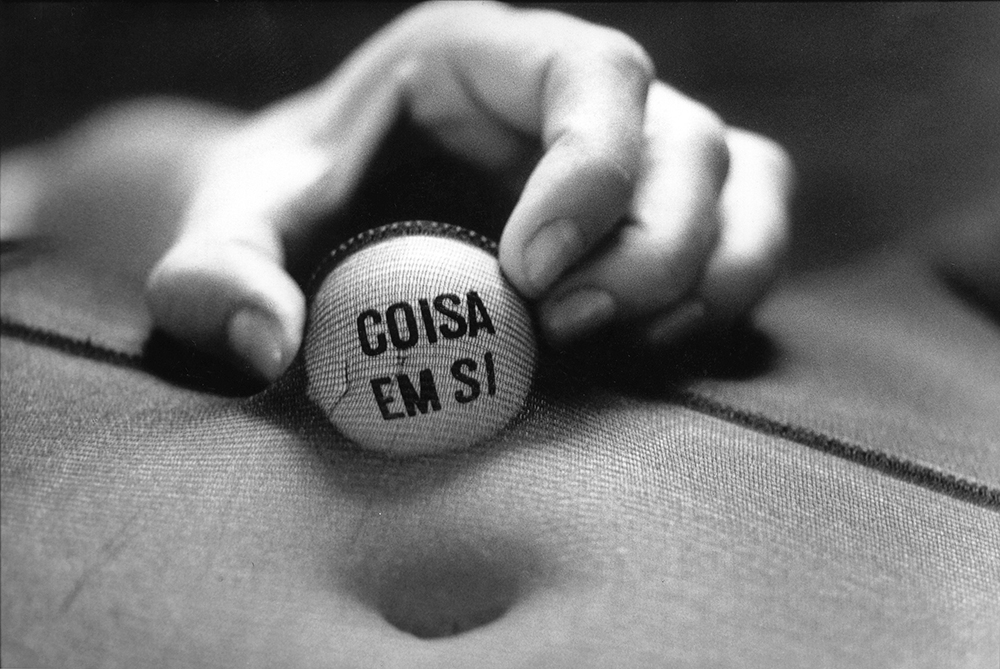
© Lenora de Barros, Coisa Em Si, 1990 Impressão jato de tinta sobre papel de algodão 46 x 62.5 cm (18 1/8 x 24 5/8 inches) Registro fotográfico Betina Mussatti Da exposição ‘Poesia É Coisa de Nada’, Galeria Mercato del Sale, Milão
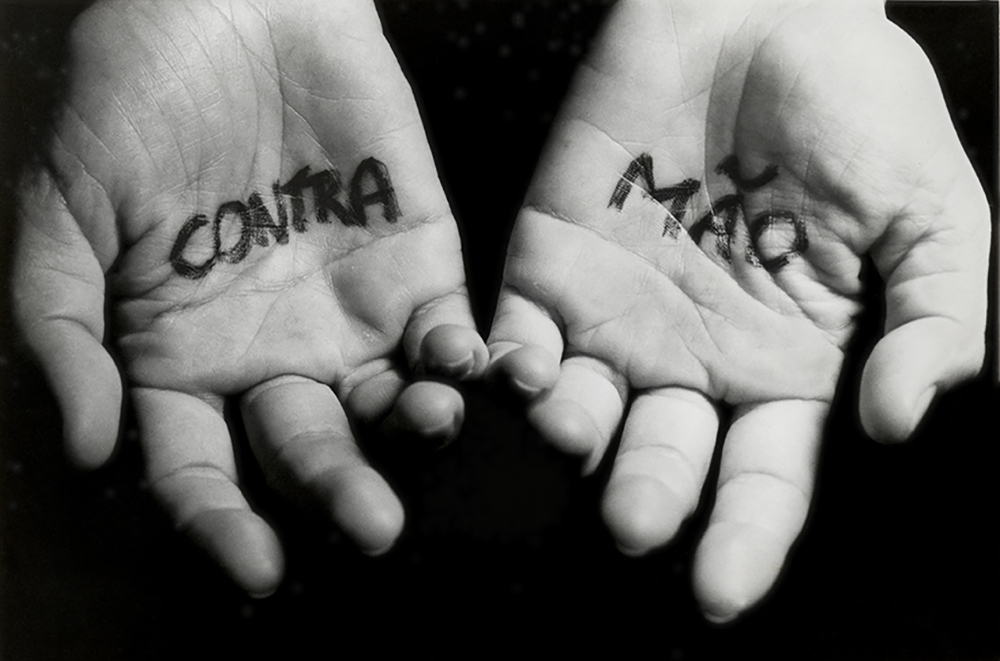
© Lenora de Barros, CContramão, 1994 Impressão jato de tinta sobre papel algodão 60 x 80 cm Registro fotográfico: Ciro Coelho
Ana Leal: What led you to work with photography in addition to the many other languages you had already explored? And what keeps you connected to it?L
Lenora de Barros: Photography and video were, from the beginning of my career, fundamental languages for the development of my work, especially in performances, which involve actions from the body.
Since my first photo-performance, Homage to George Segal, in 1975, I have considered the use of photography as a means of recording the actions I develop. The “small narratives” created by me, in photo or video, have always been recorded from the point of view of “partner eyes” with which I work. This process involves a lot of trust and affection, and allows me to fully concentrate on the action, already conceived by me, in a kind of pre-script, which I develop during its recording. Along the way, I give myself completely to the action, and I also consider, most of the time, incorporating situations that occur by chance in editing, just like in a live performance. Unexpected meanings, however, desired and welcome, are often added to the work.
In the vast majority of my photo and video performances, with very few exceptions, the focus of the action develops from the plane of my face, expressions, “masks”, almost characters in “facial performances”. The word is not always present, but when it occurs, for example, as in the series “Não Quero nem ver”, it drives and composes meanings, and semantic dimensions, which intensify the meanings proposed by the performance.
And many of these video-performances, as is also the case with “Não Quero Nem Ver”, are developments and carry meanings from poetic texts created by me previously, in the column “…umas”, which I kept weekly in Jornal da tarde, from 1993 to 1996. This type of procedure is also part of my work process. A feeling, sometimes, that each work is never completely “finished”, always continues in another, and so on, reaching (I hope!), new meanings that can transcend the simple act of exposure to a camera, whether photographic or of video.
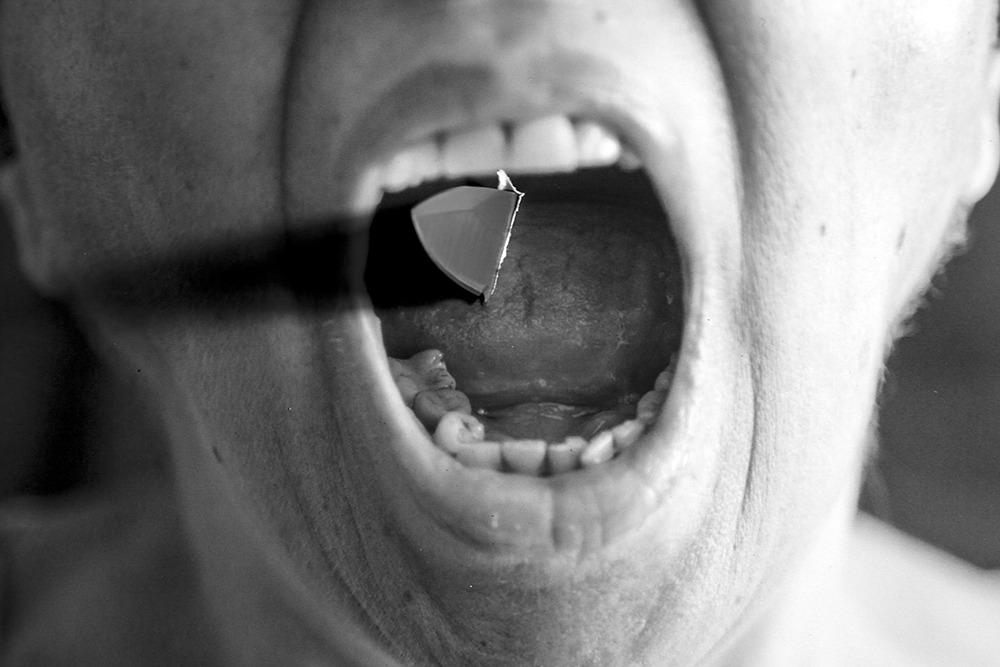
© Lenora de Barros, Estudo Para Facadas , 2012 Impressão jato de tinta sobre papel algodão 30 x 55 cm Fotografia: Ruy Teixeira
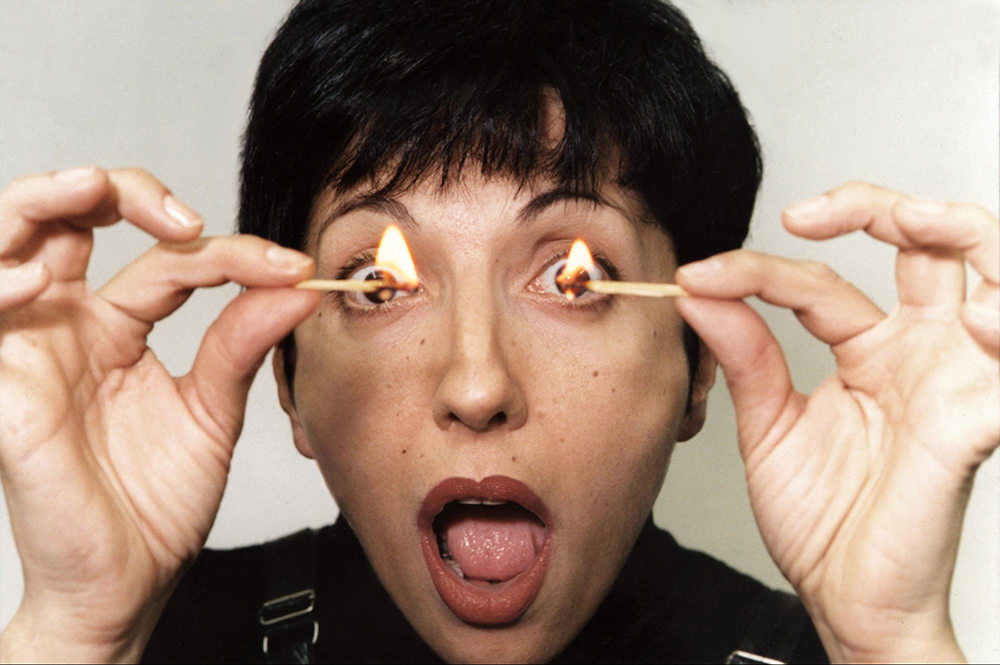
© Lenora de Barros, Fogo no Olho, 1994 Impressão jato de tinta sobre papel de algodão (Haahnmühle Photo Rag) 60 x 80 cm Fotografia: Ciro Coelho
AL: What motivates you to start a new project?
LB: I have, on a daily basis in my studio, several projects (some long-standing) in progress, which I always revisit. Lots of ideas and notes anyway. And new ideas are also being registered. But the creation process also varies according to circumstances, requests and opportunities that arise for the development of original works, and to give shape and meaning to ideas. But always, in one way or another, these works are always born from my poetics and issues in the field of my interest.
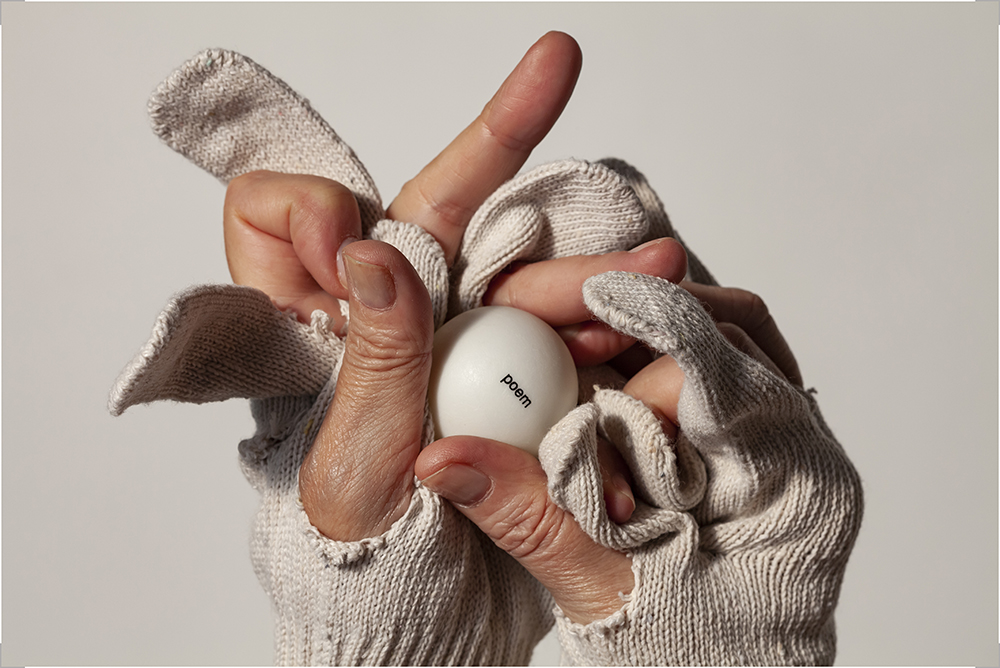
© Lenora de Barros, Glove Games, 2022 Impressão jato de tinta sobre papel algodão 26.6 x 40 cm Fotografia Fernando Laszlo
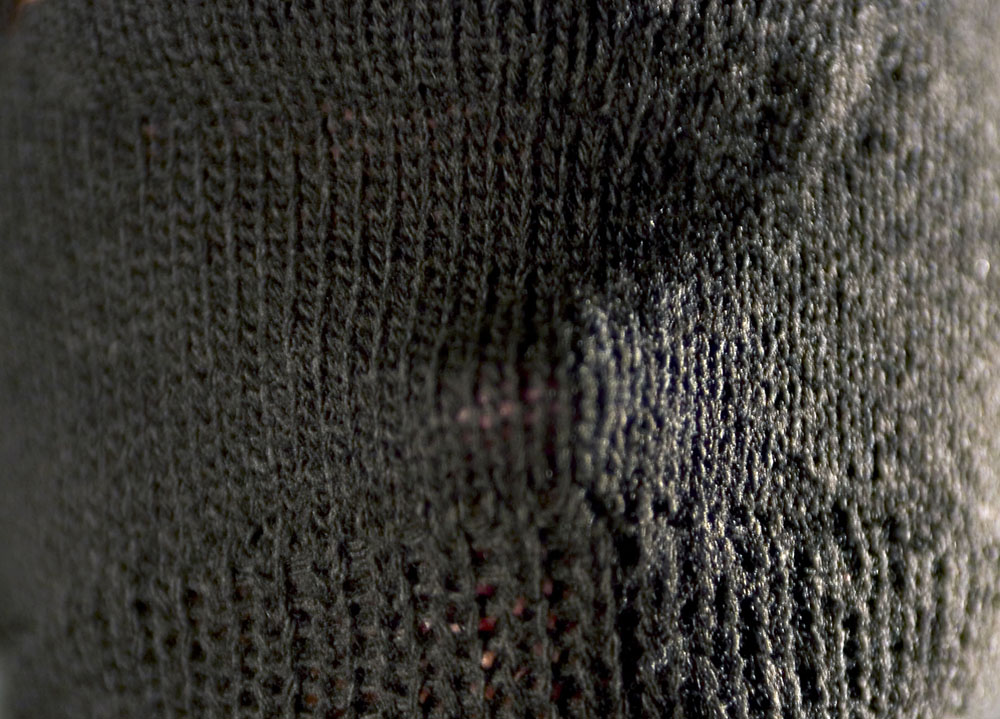
© Lenora de Barros, Há Mulheres, 2005 59” Da série Não Quero Nem Ver Texto e videoperfomance / Text and videoperformance: Lenora de Barros Edição / Edition: Lenora de Barros, Luciano Mariussi e/and Marcos Ribeiro Fotografia e câmera / Photography and camera: Luciano Mariussi Edição de som / Audio edition: Lenora de Barros e/and Hilton Raw Tradução para o inglês / Translation: Noemi Jaffe
AL: What are the biggest challenges you face?
LB: Oh! There are so many! Challenges are always present in creation processes, and in life… And taking risks is also part of it. Perhaps the biggest challenge, for me, in the creative process is exactly the moment of decision to choose a path based on an idea, give it form and generate meanings. Decide on techniques, languages and supports so that the work materializes and generates meanings and fruition, in its reception. And most of the time, from the moment we decide for it, this path becomes a point of no return, and we feel the need to move forward and establish the “end point” of the work in question. And within that process, as I mentioned above, the “chance” element requires decisions, acceptance, or not, and that also involves taking risks, and constant challenges.
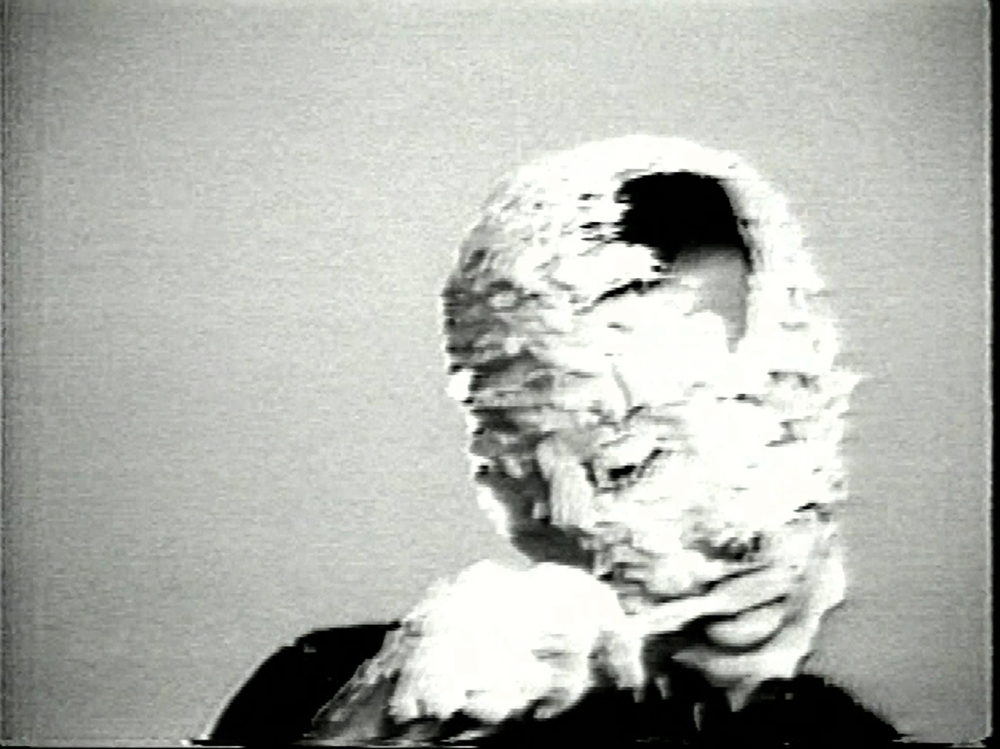
© Lenora de Barros, Homenagem a George Segal | Homage to George Segal, 1985 Videoperformance Betacam transferred to digital Direção: Walter Silveira Som: Cid Campos black and white 3’05”

© Lenora de Barros, Linguagem [Language], 1990-2022 impressão jato de tinta sobre papel algodão [inkjet print on cotton paper] 230 x 50 cm Fotografia [Photography]: 1979 Fabiana de Barros 1990 Ruy Teixeira 1994 Marcos Augusto Gonçalves 2008 Marcos Ribeiro 2017 Tatiana Dalla Bonna 2021 Gustavo Machado 2022 Marcos Ribeiro
AL: And what lies ahead?
LB: At the moment I am producing works for a solo exhibition that opens on March 8th, in the new gallery space Gomide & Co. Very lively, new works, which start from a reflection on issues related to Time. Here follows a spoiler of the title: I CAN’T SEE THE TIME.
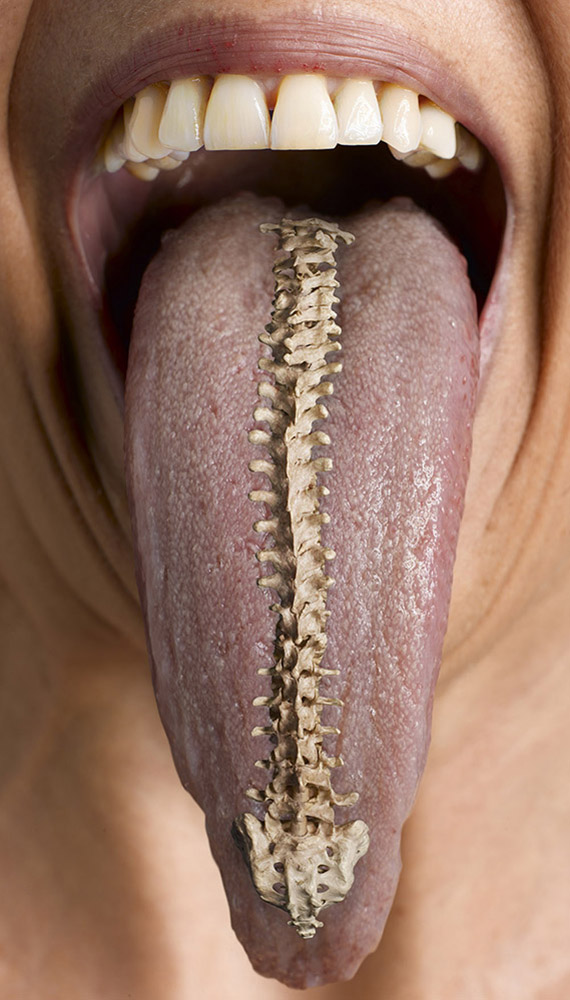
© Lenora de Barros, Língua Vertebral, 1998/2010 Colagem digital Impressão jato de tinta sobre papel de algodão Fotografia: Marcos Ribeiro 110 x 60cm

© Lenora de Barros,Mim Quer Sair de Si, 1993 Impressão jato de tinta sobre papel algodão 153,9 x 36 cm | 36 x 29 cm (cada) Fotografia: Silvio Ribeiro
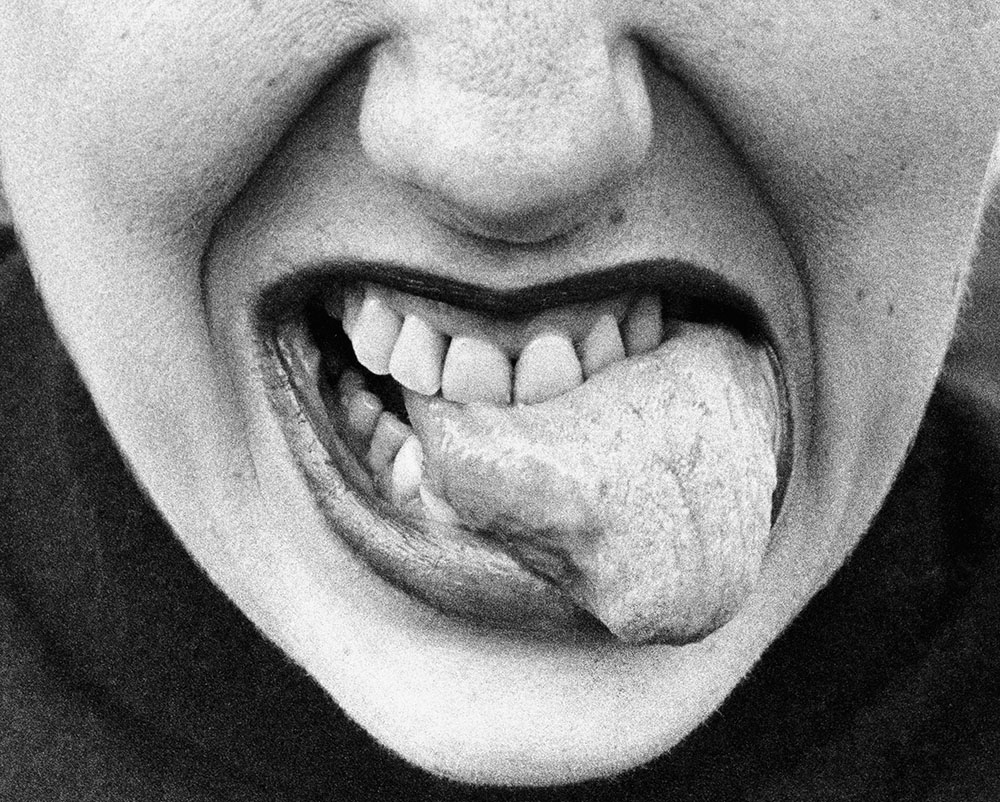
© Lenora de Barros, No País da Língua Grande, Dai Carne a Quem Quer Carne, 1998 Impressão jato de tinta sobre papel de algodão 107 x 85,8 cm Fotografia: Carolina Godefroid
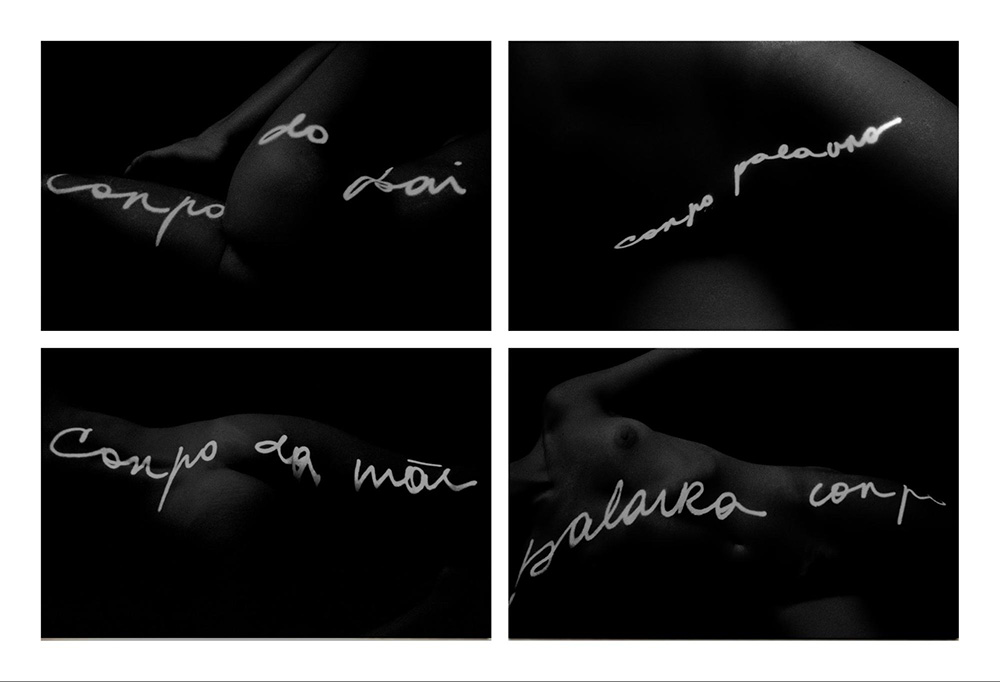
© Lenora de Barros, Palavra-Corpo, 1980/2019 Impressão jato de tinta sobre papel de algodão Registro fotográfico: Antonio Saggese 20.03 x 29.36 cm

© Lenora de Barros, Poema, 1979 impressão jato de tinta sobre papel algodão 139.7 x 29.8 cm Cada imagem: 22.2 x 29.8cm Registro fotográfico: Fabiana de Barros

© Lenora de Barros, Pregação, 2014/2022 impressão jato de tinta sobre papel algodão 45 x 243 cm Fotografia: Fernando Laszlo
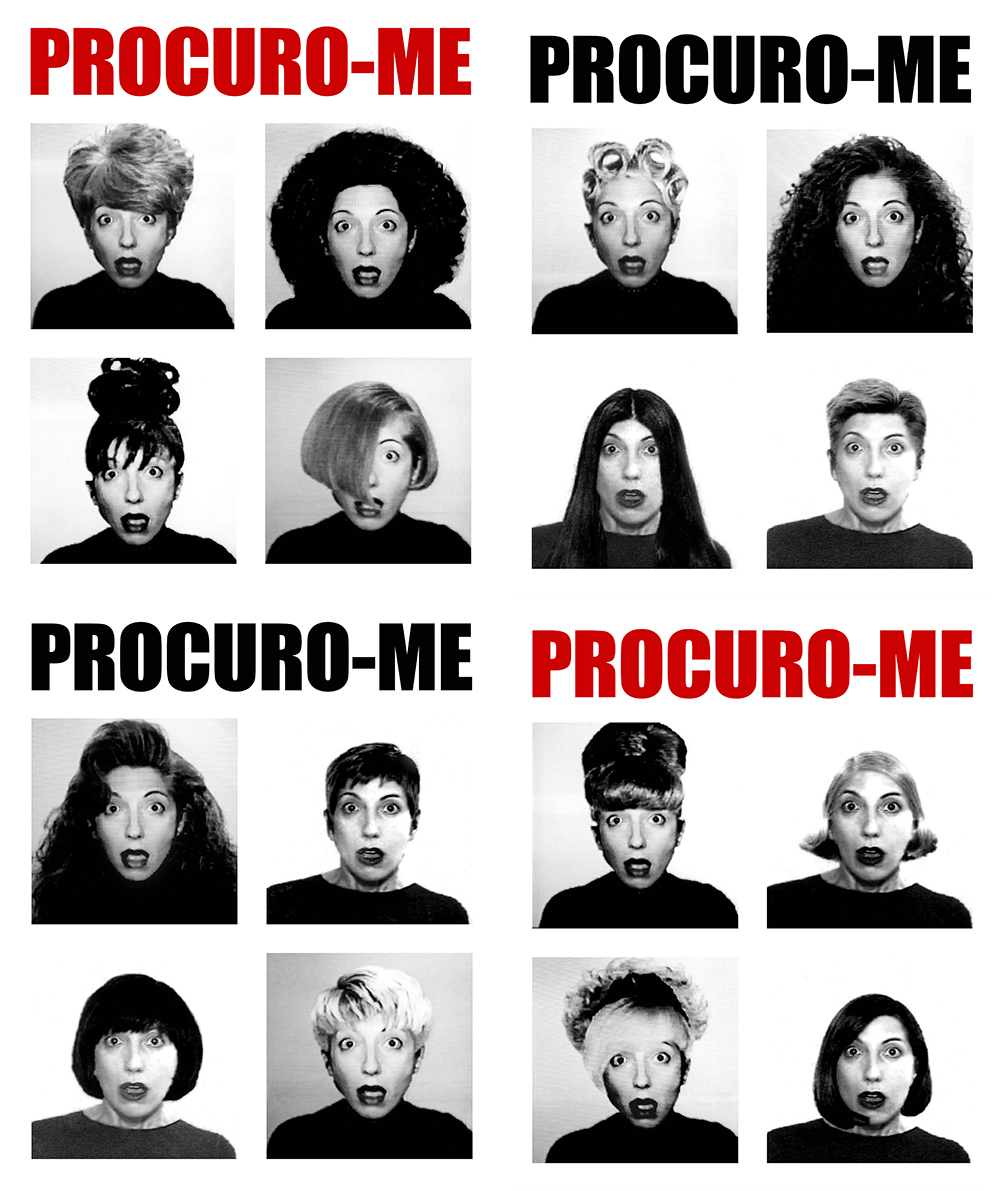
© Lenora de Barros, Procuro-me, 2001 impressão jato de tinta sobre papel algodão 86 x 73 cm 28,5 x 24 cm (cada)
Born in Northeastern Brazil and based in São Paulo, Ana Leal is an artist who works primarily in photography, considering it to be a tool for both depicting and escaping from reality.
Inspired by minimalist traditions and impressionist painters her images result simple and often abstract. She captures imagery she observes or stages shooting with 50mm lenses.
Leal is a Gold Award winner on the 2020 Tokyo International Foto Awards and the 15th Julia Margaret Cameron Award Winner both in the abstract category. She completed her Master of Fine Arts at Miami International University of Arts and Design (2018) and her work is part of the collection of the Florida Museum of Photographic Arts – FMoPA.
IG : @analealphoto
Posts on Lenscratch may not be reproduced without the permission of the Lenscratch staff and the photographer.
Recommended
-
Andrew Lichtenstein: This Short Life: Photojournalism as Resistance and ConcernDecember 21st, 2025
-
Martin Stranka: All My StrangersDecember 14th, 2025
-
Interview with Maja Daniels: Gertrud, Natural Phenomena, and Alternative TimelinesNovember 16th, 2025
-
MG Vander Elst: SilencesOctober 21st, 2025
-
Photography Educator: Josh BirnbaumOctober 10th, 2025

